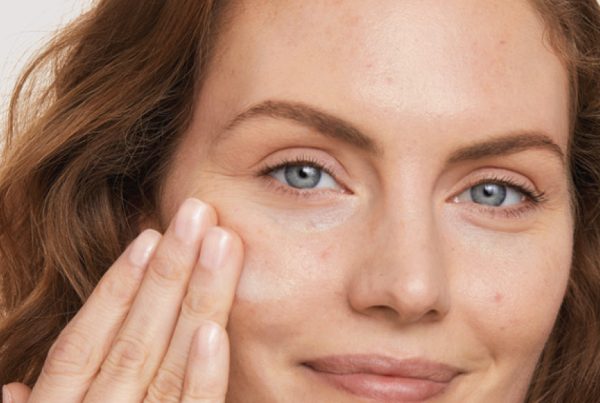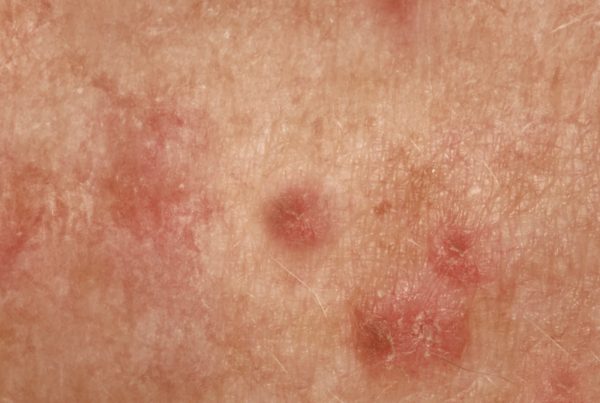
Perioral Dermatitis (POD) is a fairly common skin condition that we frequently encounter here at Skin Resus. It is most commonly observed in women aged between 30 and 40 and typically appears as an inflamed rash around the chin, nose, and mouth, occasionally affecting the area around the eyes as well. These rashes are characterised by small red lumps or nodules.
One of the challenges with POD is its similarity to acne or rosacea, leading to confusion between the conditions. However, there are key distinguishing factors. The location of the rash can be a helpful clue, as acne rarely occurs in the upper lip area, and rosacea tends to be concentrated on the cheeks and nose.
The root cause of POD is often related to imbalances in the skin’s microbiome, involving bacteria, yeast, and sometimes Demodex mites. Certain circumstances, such as the use of makeup products containing foundation, sunscreens, and heavier moisturisers, may encourage the proliferation of pro-inflammatory bacteria like Fusobacterium species.
Another common contributing factor is the use of topical steroid creams, which can initially appear to alleviate the problem but can actually worsen the condition over time.
When it comes to treating POD, the first step is to avoid any topical preparations that may be causing or aggravating the issue. In some cases, this may mean refraining from using all skin creams, including sunscreens. However, a light moisturiser is generally considered safe to use. For added benefit, a probiotic-containing moisturiser, such as aspectDR Mild Cleanser and Cosmedix Reboot, may be helpful.
The next line of treatment often involves topical antibiotic gels, but in our experience, we have found it more effective to begin with oral, low-dose antibiotics for a period of 6 to 8 weeks.
At Skin Resus, we take a professional and caring approach to ensure the best possible outcomes for our patients dealing with Perioral Dermatitis. If you or someone you know is experiencing these symptoms, we encourage you to reach out to schedule an appointment with our experienced doctors. We’re here to help you achieve healthy, radiant skin.




